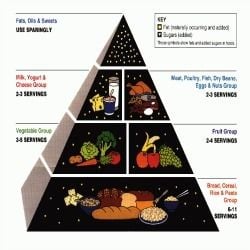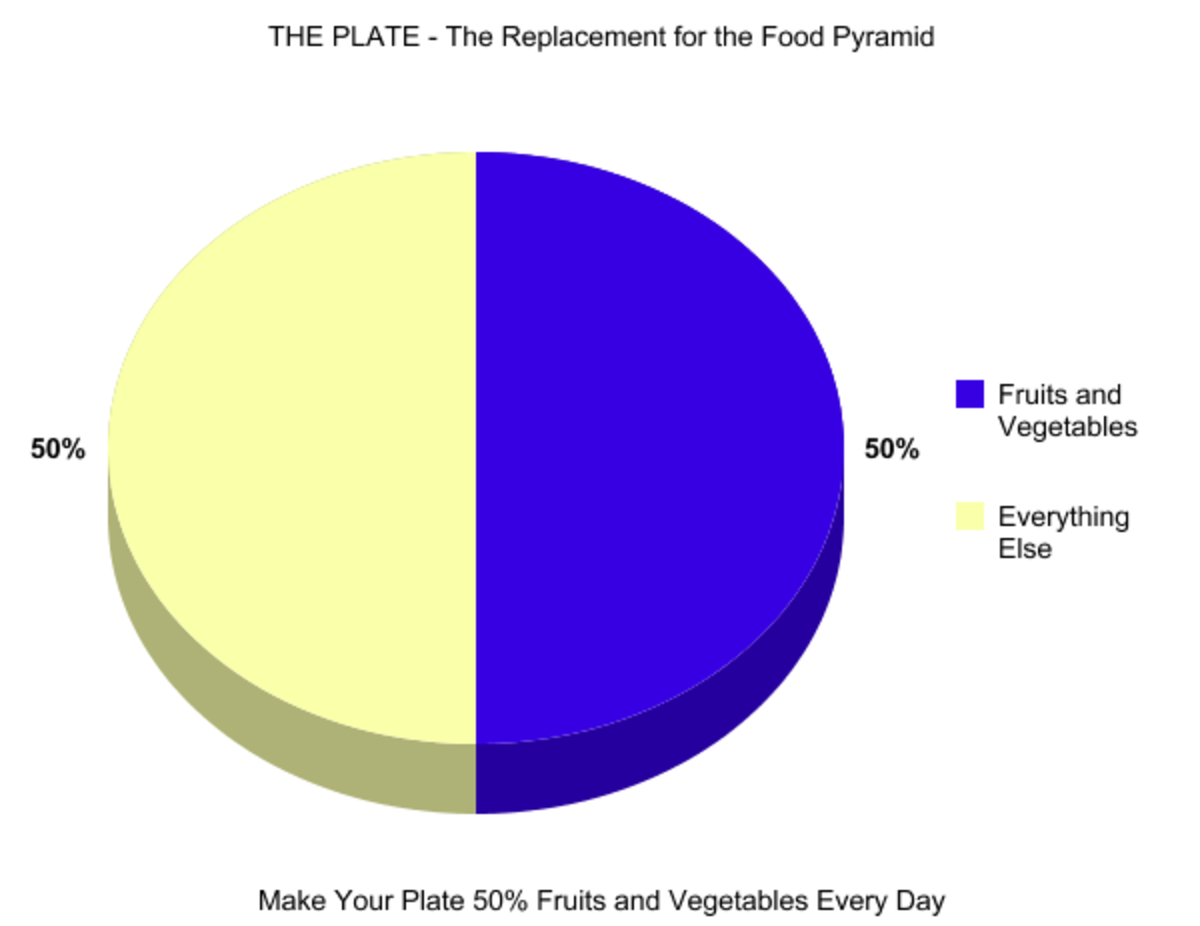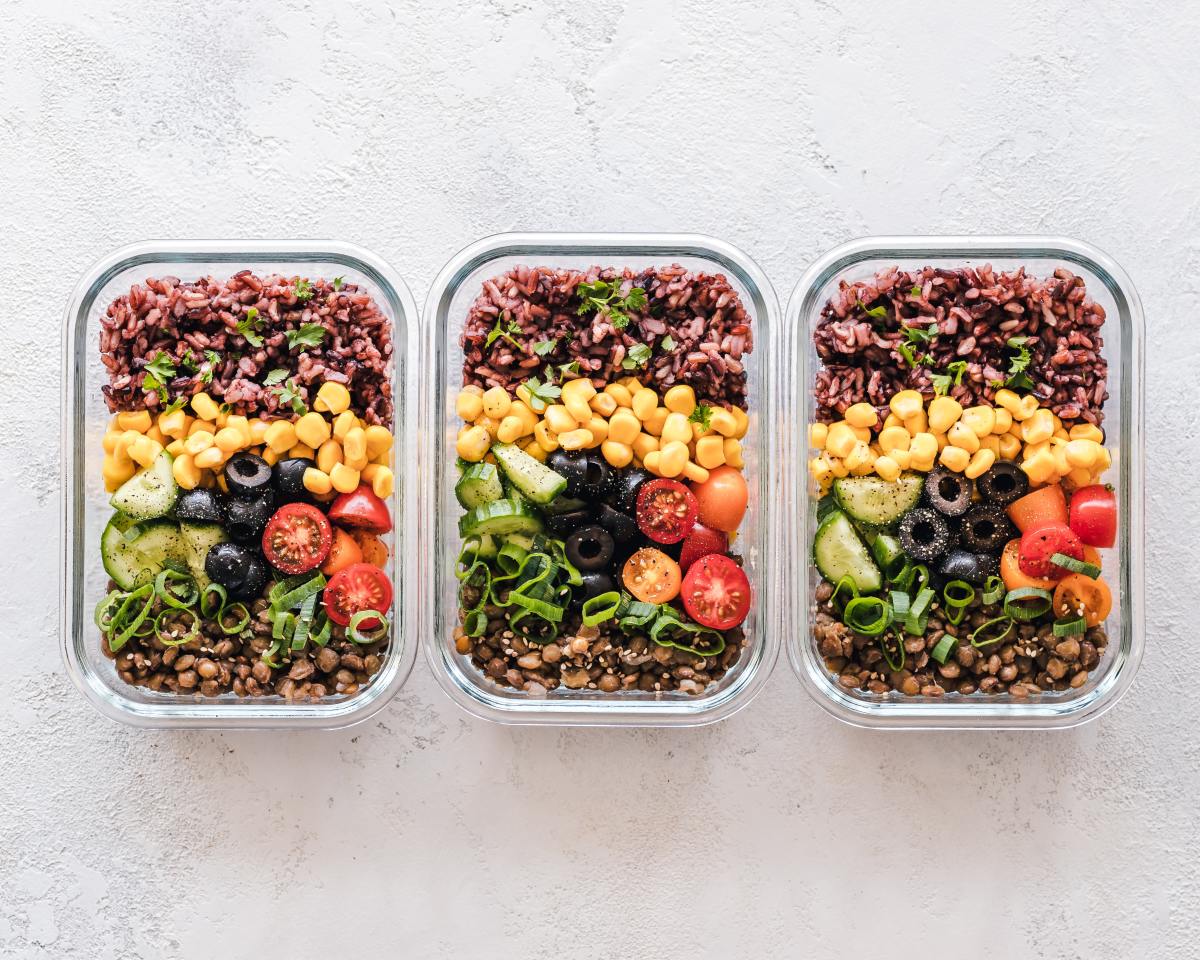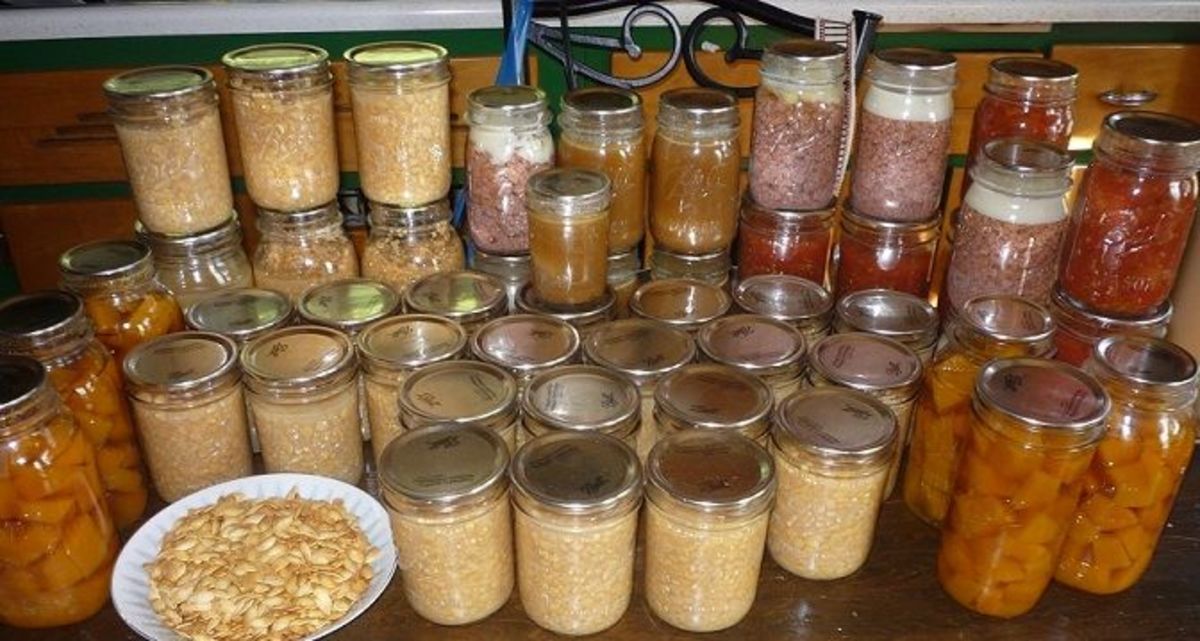Survival Foods Requirements
USDA Food Pyramid

Nutritional Guidelines Applied To Food Storage
No, we are not talking about Grandpa's MRE's!
Nutritional requirements for survival foods are the same as your regular meals. They just come in slightly different forms. Think about the nutritional guidelines already set forth in our daily healthy food requirements. Ask yourself, "How can I add this to my survival food storage?"
When we look at the retired USDA Food Pyramid we have the clues to foods for our daily requirements. For general purposes let us assume there is still a heat and energy source for cooking and refrigeration.
A healthy diet is tough even in normal times. Add a healthier choice of foods to your survival pantry by supplying it with the major food groups. Breakdown one specific meal to see what's needed. Add to it as we increase the meal planning and understand how to reach longer time goals.
Emergency Food Storage Guide

The ultimate value of life
depends upon awareness
and the power of contemplation
rather than upon mere survival.
-- Aristotle --
Healthy Food Choices
The USDA Food Pyramid
We should look at the USDA Food Pyramid guidelines for direction on healthy food choices. The recommendations will translate easier into what's needed for storage. We want healthy choices in our food storage pantry, The portions shown in the food pyramid will enable you to break this down into sections that make sense. Use this to see where you need more of a specific group and track what you need to store.
The USDA Food Pyramid guidelines suggest the following servings per day:
Grains: Breads, Rice, Pasta - 6 to 11 servings
Vegetables: Greens, Roots, etc. - 3 to 5 Servings
Dairy: Milk, Yogurt, Cheese 2 to 3 servings
Proteins: Meats, Fish, Eggs, Beans, Legumes - 2 to 3 servings
Fruits: All Fruits - 2 to 4 servings
Fats / Sugars: Serve Sparingly - 2 to 4 servings

We Need 2,000 Calories Daily
Our Balanced Diet
Eating a balanced diet with healthy foods rich in vitamins and minerals, and is something to work on even without a crisis. 2,000 calories a day is a generic suggestion for healthy and active, average adults. There are specific calorie intakes based on factors such as age, weight, gender, and activity level.
Creating food storage based on this is seemingly impossible if we ONLY look at what's required for full year of food for one person.
Break it down to one meal at a time, working this into a usable menu. Once you have worked this out, apply it to other meals that your family WILL eat. The storage takes care of itself if you apply this reasoning.
Good tasting foods are extremely important when choosing foods for storage. If the foods stored in your survival pantry do not taste good to your family, they WILL NOT eat them. Planning good tasting foods AND foods that are nutritionally beneficial is an important part of your food storage agenda.
Breakfast Foods

Start Building Your Food Storage
With A Healthy Breakfast
Using the Food Pyramid as a guide for building a food storage start out your supply using a healthy breakfast.
Ask yourself this simple question: What do you need for one meal such as the most important meal of the day, breakfast?
The items required ONLY for this meal will give us an idea on how build an inventory.
Ok, let's see what we'll need.
Comfortable Food Storage
This is a lot of information below, but you have to understand what's required if you want as complete and comfortable food storage pantry as possible.
Oatmeal For Breakfast - Supplies Needed For Emergency Food Storage
Using a basic breakfast meal as an outline, the required food group portions are broken down. The supplies needed for this oatmeal breakfast to be stocked in your emergency food storage are outlined as follows:
The meal is Oatmeal w/ Berries, Milk, Juice, and Coffee.
Food Groups Covered:
2-bread/grain
1-fruit
1-veggie
1-dairy
1-protein
This is a lot of information below, but you have to understand what's required if you want as complete and comfortable food storage pantry as possible for survival foods. Let's break down what goes into this meal and different ways to have it stored:
- 1/3 C Instant oats - (cooks to 2/3 C) - Storage options: Oats can be purchased in Individual packages or in medium sized cartons from a grocery store For oats in bulk sizes up to 50 pound bags may be found in warehouse stores. They may also be found available sealed in #10 cans, or large plastic buckets. Don't forget the water you need to prepare oats. The instant packages only need 4 oz of water where a dry oat preparation needs a bit more depending on how much needed for a meal.
- 1/4 C Strawberries - Storage options: Strawberries may be grown fresh then frozen or dehydrated. Freeze-dried is the best option for strawberries long term. They may also be found canned. Home preserving is a good option as well.
- 3/4 C Milk - Storage options: Milk is available in cans or in powdered form. Powdered milk is best for cooking where instant milk powder is ideal for drinking. The general rule for milking dry milk is 3 C to 1 Gallon of Water. Other options? If you have the land and the dedication a milk cow or a goat is the best option for milk long term but you have to be able to feed that animal, too!
- l - piece of toast - Storage Options: Make your own bread.or use crackers for the bread item.
Making your own bread requires baking basics: flour, yeast, salt, and oil. That's a whole other topic in itself! =)
- 2 T peanut butter - Storage Options: Peanut butter in jars or small, individual packages.
Peanuts may also be stored and processed into peanut butter. (Crush down whole peanuts until creamy texture and add a little oil to make it spreadable.)
- Fruit juice - Storage options: Store one can of juice per person per serving. If you would like to substitute a dry juice drink this would be acceptable if it has a good set of nutritional value in it's contents. Store enough H2O to mix w/ the servings at about 8 oz per serving.
- 1 C - coffee/ tea - Storage options: For these hot drinks1-t instant coffee crystals or 1-t pre-ground coffee for brewed, and 1 teabag per person per serving. Store coffee beans for grinding. They keep longer. (Don't forget a grinder!) Add canisters of tea leaves as options for tea. 1 - 6 oz serving of water is required per brewed cup of coffee or teas.
- Sweeten it! Storage Options:Boxes, bags, or canisters. Servings: 1- package of artificial sweetner OR 2 t sugar for this portion in the hot drink or to sprinkle on the oatmeal.
- 2 T coffee creamer (store this to add to different recipes. It give a nice flavor to things!) Coffee creamer is a handy item to have in storage. It adds a really nice creamy flavor to instant milk or recipes that would require whole milk such as mac and cheese!

Storing Items For One Meal
Calculating Portions
Once we have broken down what is needed for one meal it becomes a guide for calculating storage needs. For storing staple items such as sugar or oats, we need to multiply by the number of people we are storing for. One serving of dry oats is about a 1/4 cup.
Do we want to serve this meal once a week? 4 times a week? For 4x per week 4 cups or at least one pound of oats are needed. If we use or add oats to other meal items such as meat loaf or bake cookies with oats we might want to increase our oat storage to an extra couple of pounds per month.
Do the math for the number of family members times servings a month times the food serving size. This is the number you will need for a one month supply. Times that by 12 and you have the year option. Keep it simple and stick to a one month at time until you want to branch out to a longer storage capability.

Food Storage Goals
How Long To Prepare And How Much Do You Need?
For this meal for one person, served 2 times a week would be 13 pounds of dry instant oats for a year's storage or about 1 pound per month.
Select the different items and figure when you want to have them for a basic outline. you do not have to stick to the calendar. It is just for the purpose of creating a storage shopping list and for creating what you are going to need for long term storage goals.
Start planning for about 1 month then increase a month at a time. We don't have to get everything at the same time. Once the storage is established use it to rotate your stock out. The older foods will come to the front as new foods are placed in the back of the stored items. Using them helps also condition the family to eating them. When a crisis comes in we don't want digestive problems or issues of quality with all of our other worries!
Menu Planning
Write the example breakfast meal on a recipe card.
Do this for other meals you want to plan for, too.
Don't forget to note spices, herbs, and anything else the might go into that specific meal such as oil, vinegar,
and condiments.

Meal Planning Calendar
Planning Your Survival Foods Menu
Create a meal planning calendar with different meals for each day of one week. Record meals you have broken down on recipe cards into the calendar.
We may want to plan on a specific protein assignment for different days of the week, you know, like fish on Fridays, beef on Saturday, chicken on Monday.
Assign brunch on Sunday of a continental breakfast and breakfast food buffet of sorts and we'll only have to plan 2 meals for that day brunch and dinner.
The breakfast and lunch meals can be simple grab and go foods. Nothing fancy. Maybe we could only plan the evening meal. Do what works for you and your family's needs and tastes.
If we want to get really creative and motivated do a menu for 3 - 6 weeks. Use a breakfast for dinner or lunch 5 times a month. When about 3 weeks are covered the result is an outline to weave throughout a 6 week menu structure. Repeat the weeks twice.
This becomes your menu for your survival foods storage and your shopping list!
A healthy food storage plan including the recommended requirements may take little time and understanding but the effort is well worth it. We addressed using the oatmeal breakfast here as a way to demonstrate how to get that started.
By combining several meal selections your storage will grow as you add to it. Providing you and your family with not only sustenance but assurance you have something to fall back on if times get tough.
Thank you for visiting today!








